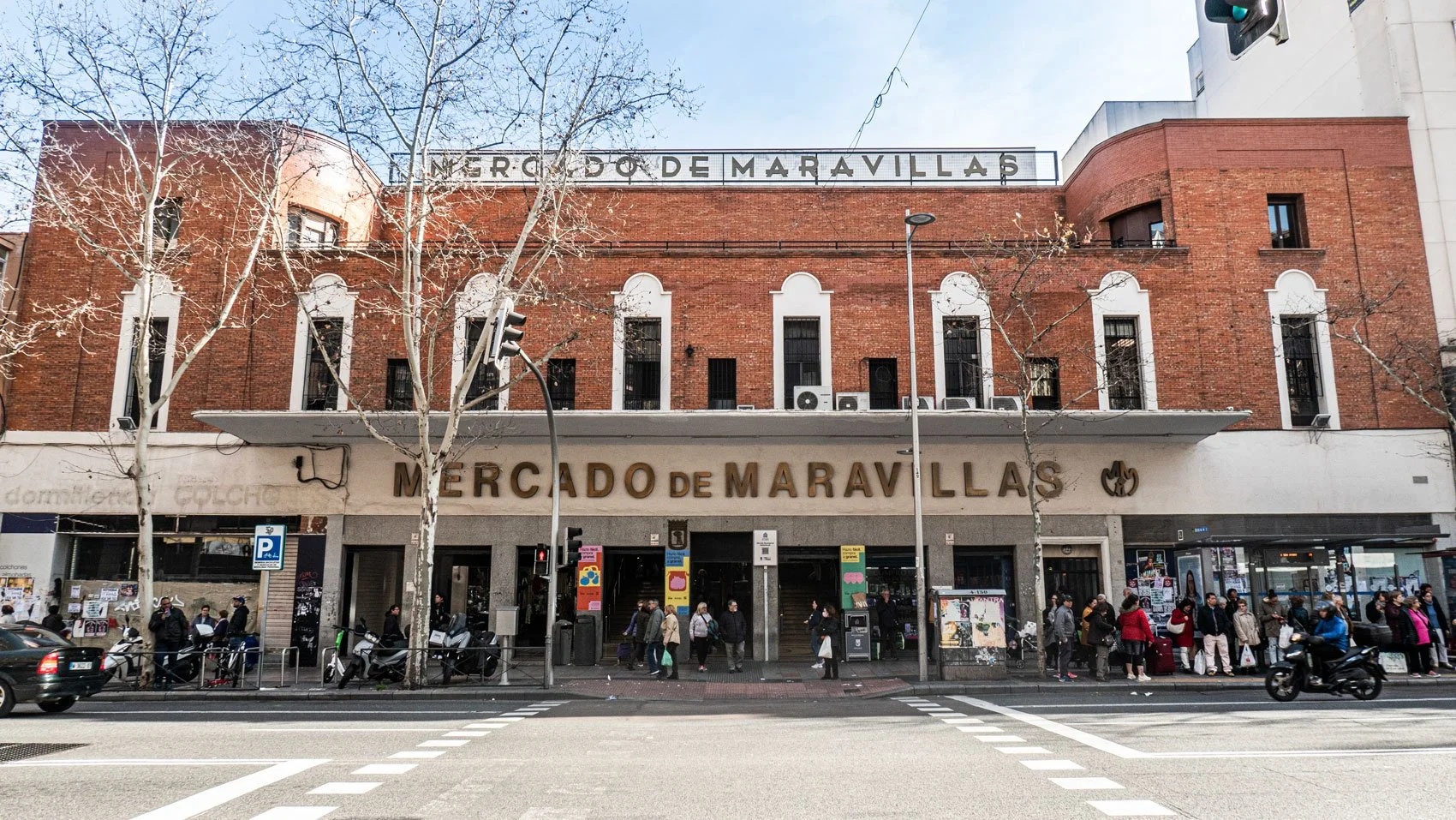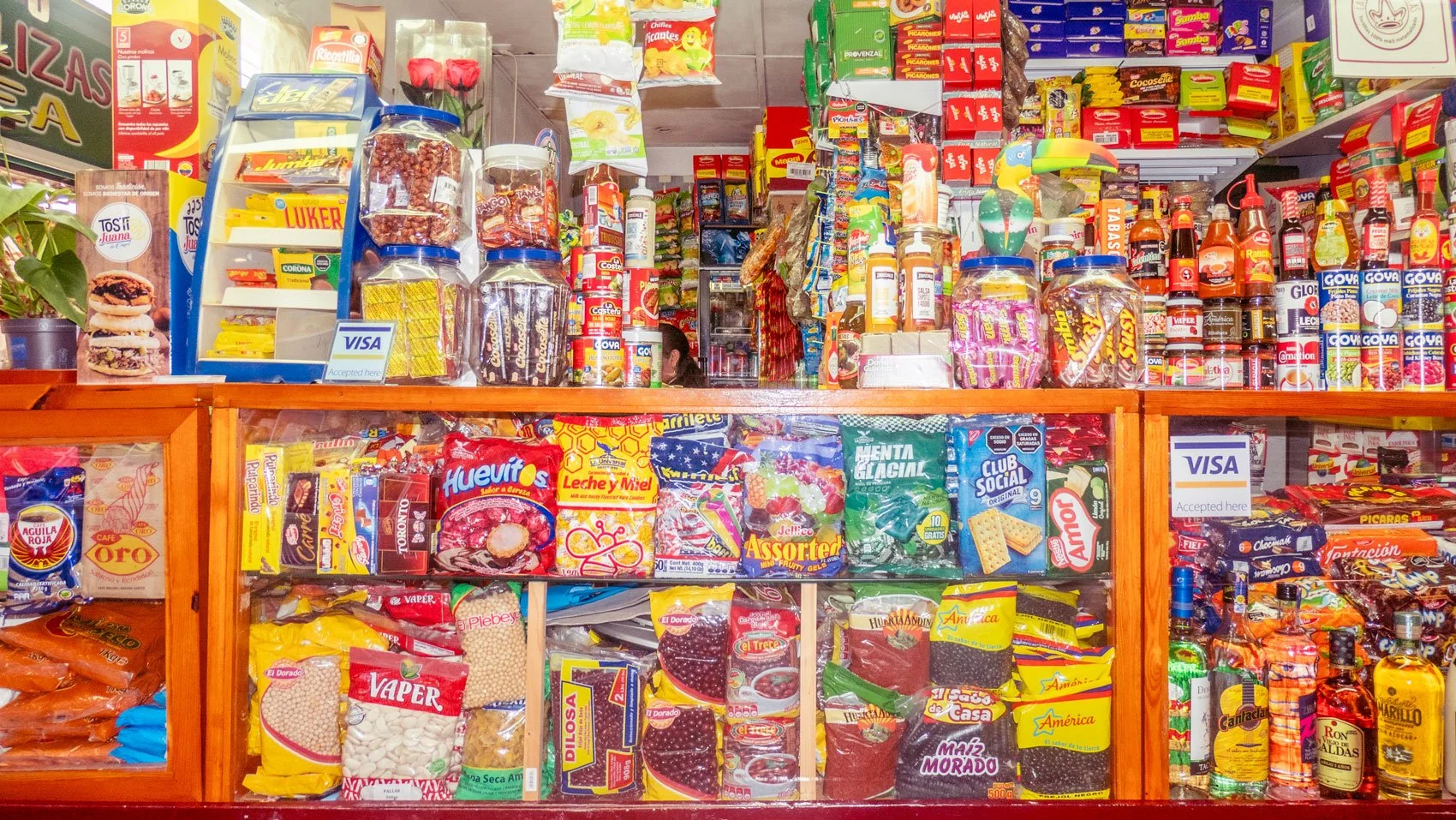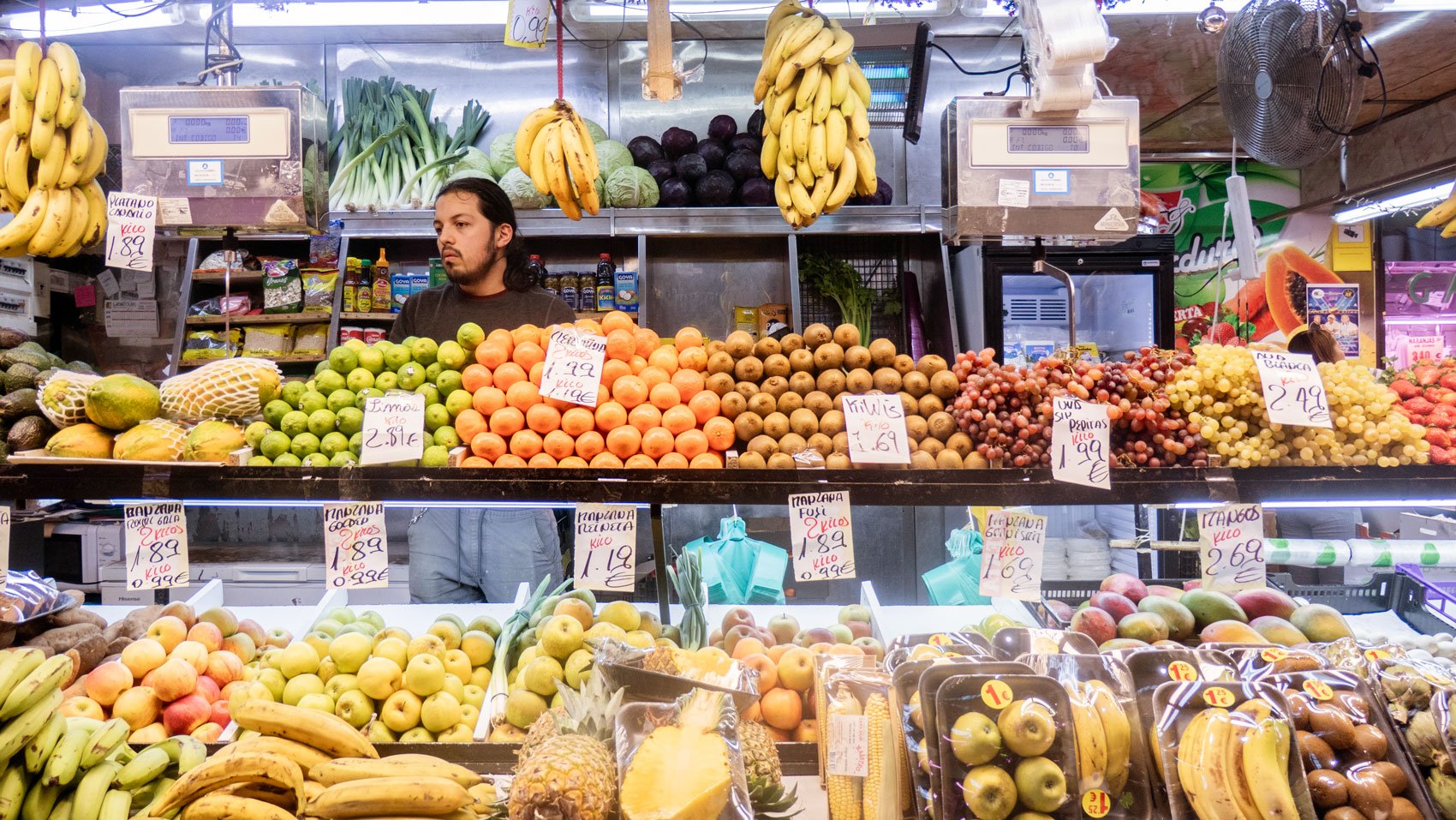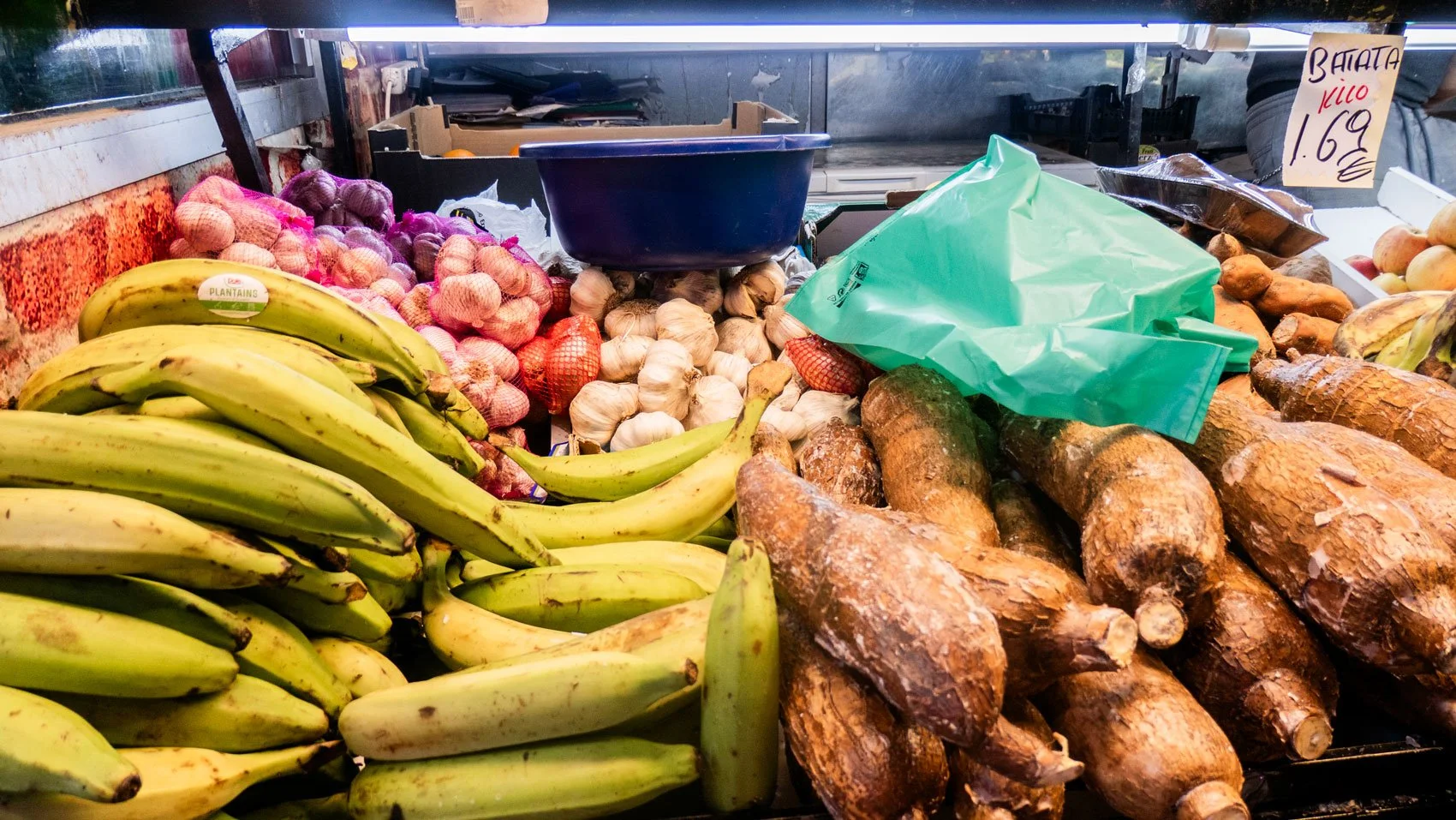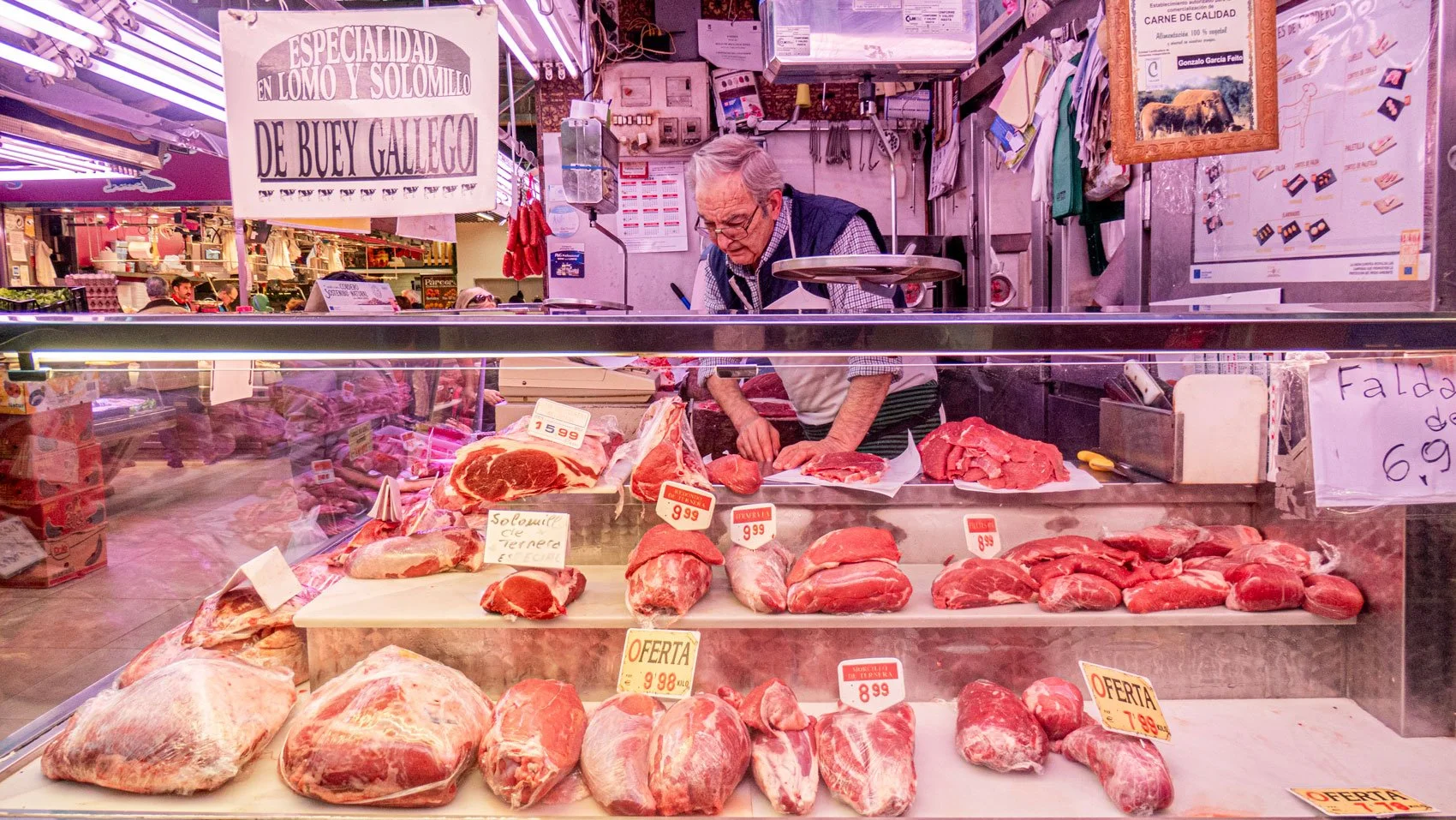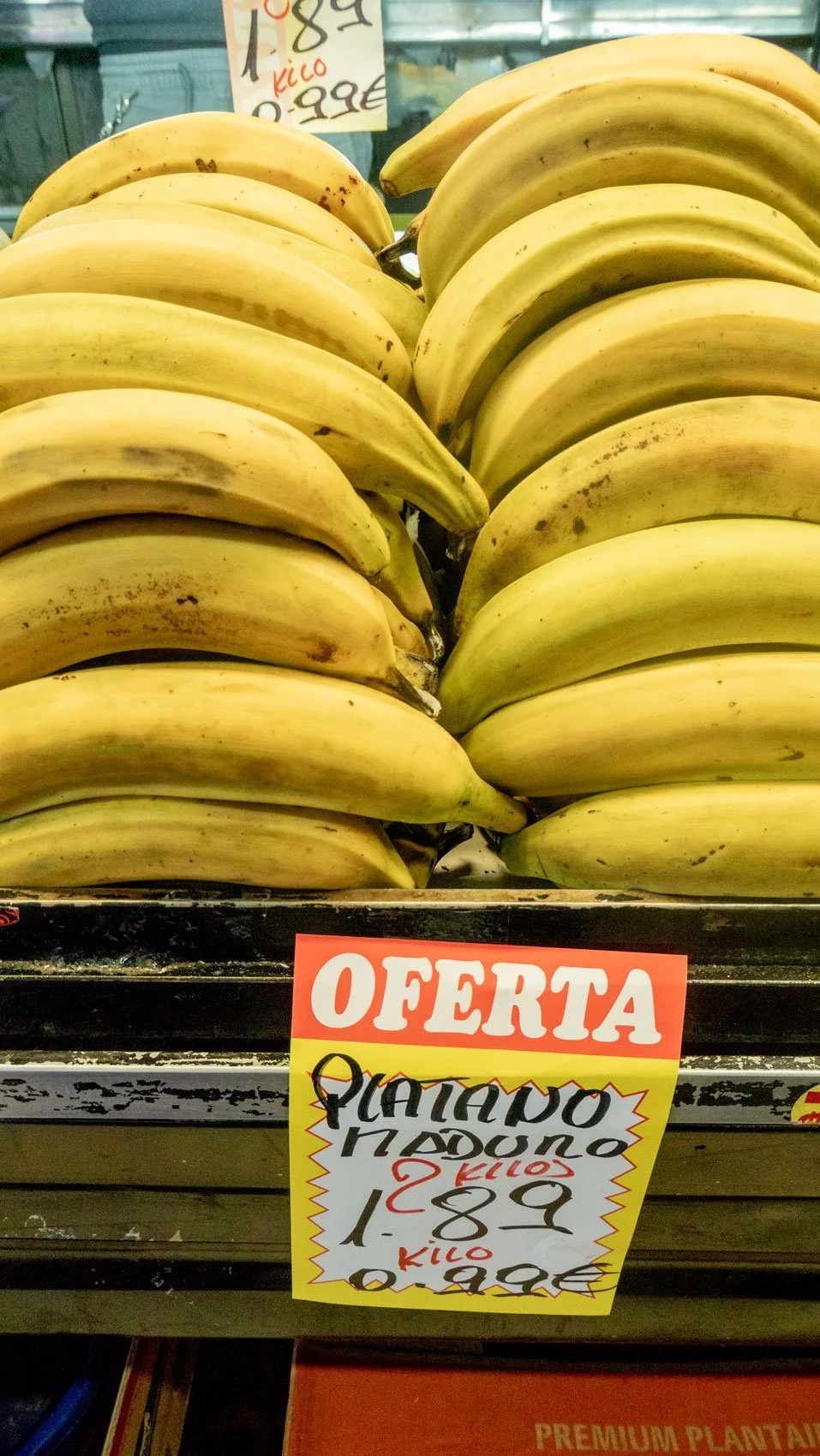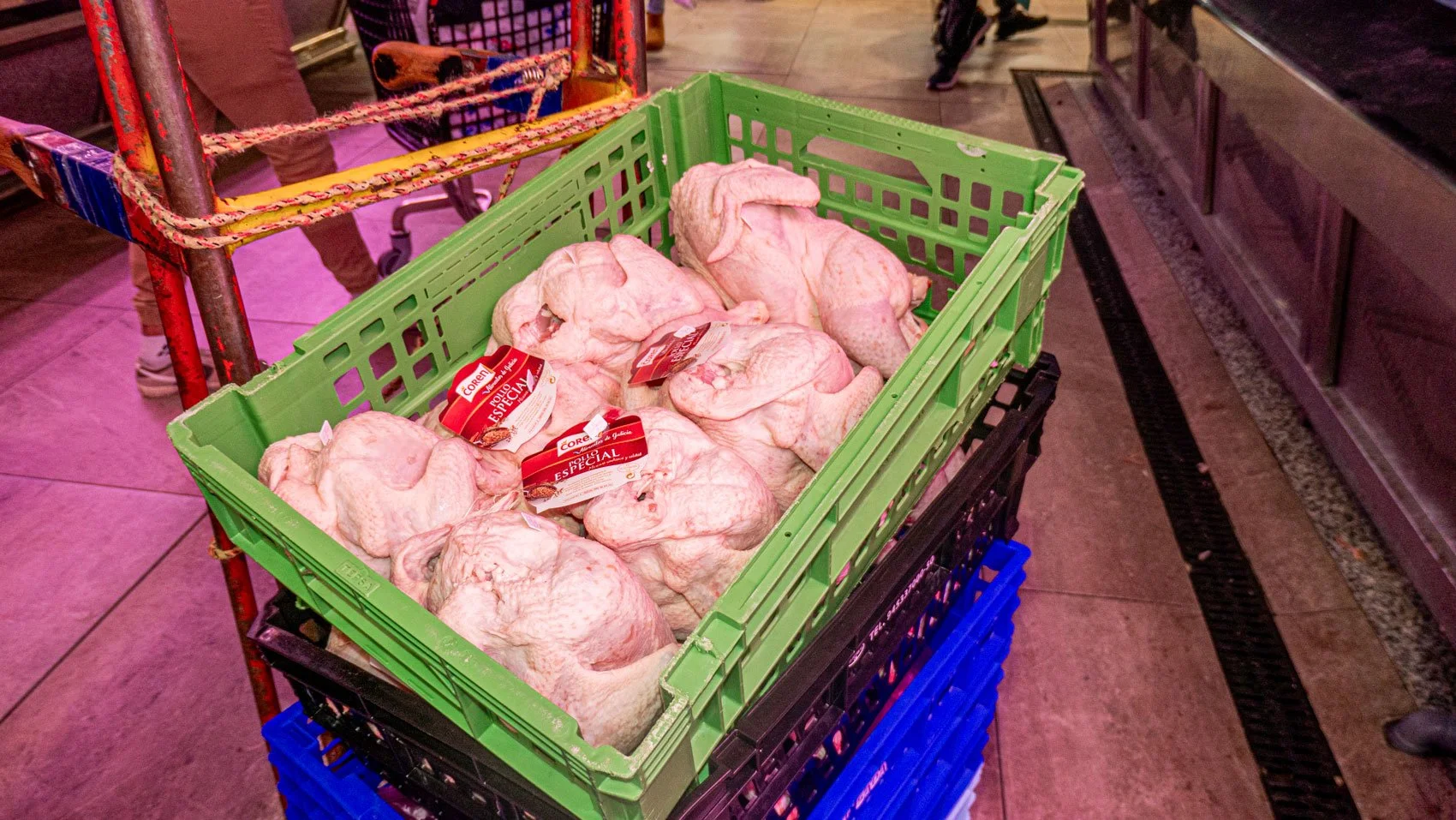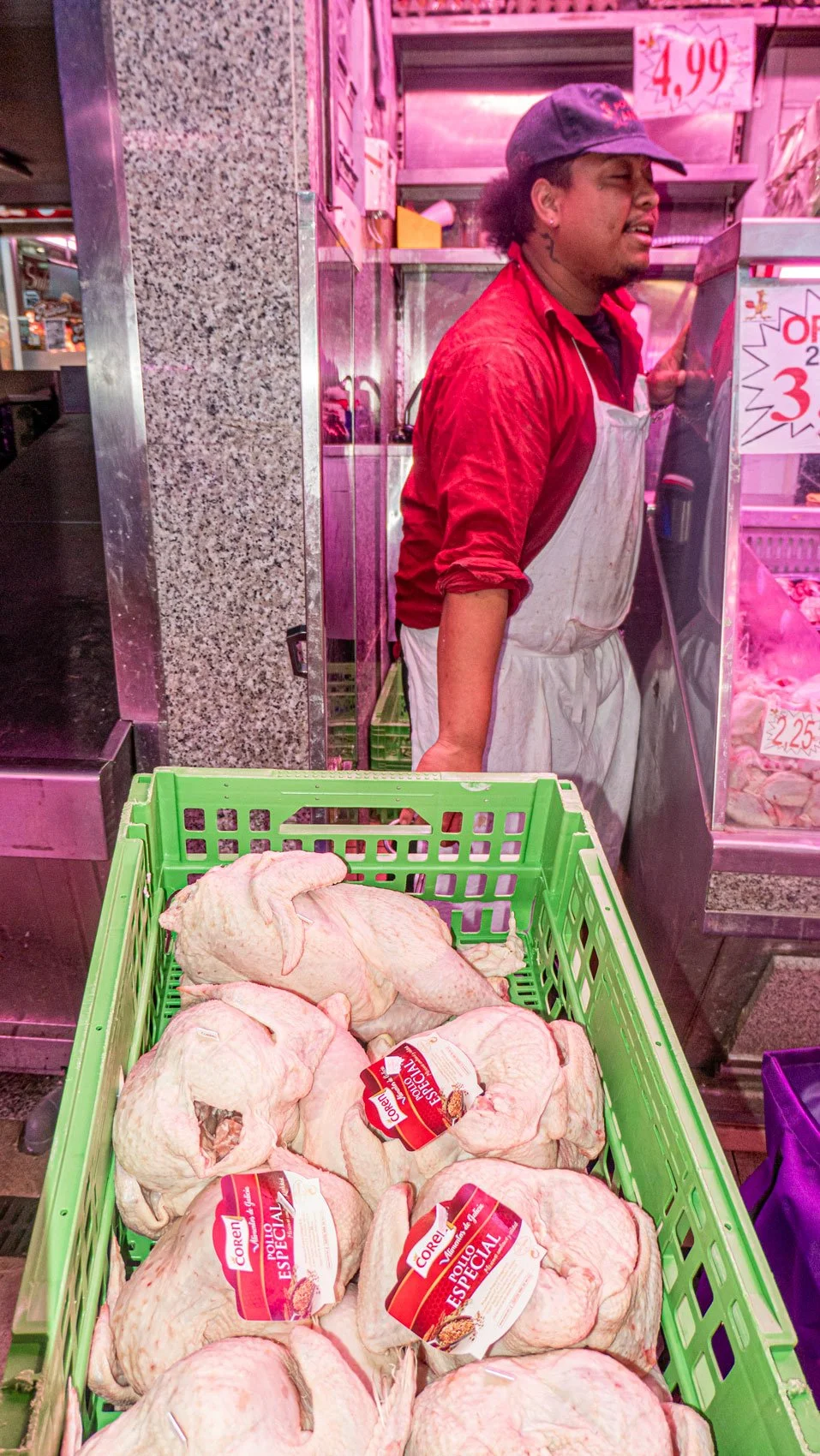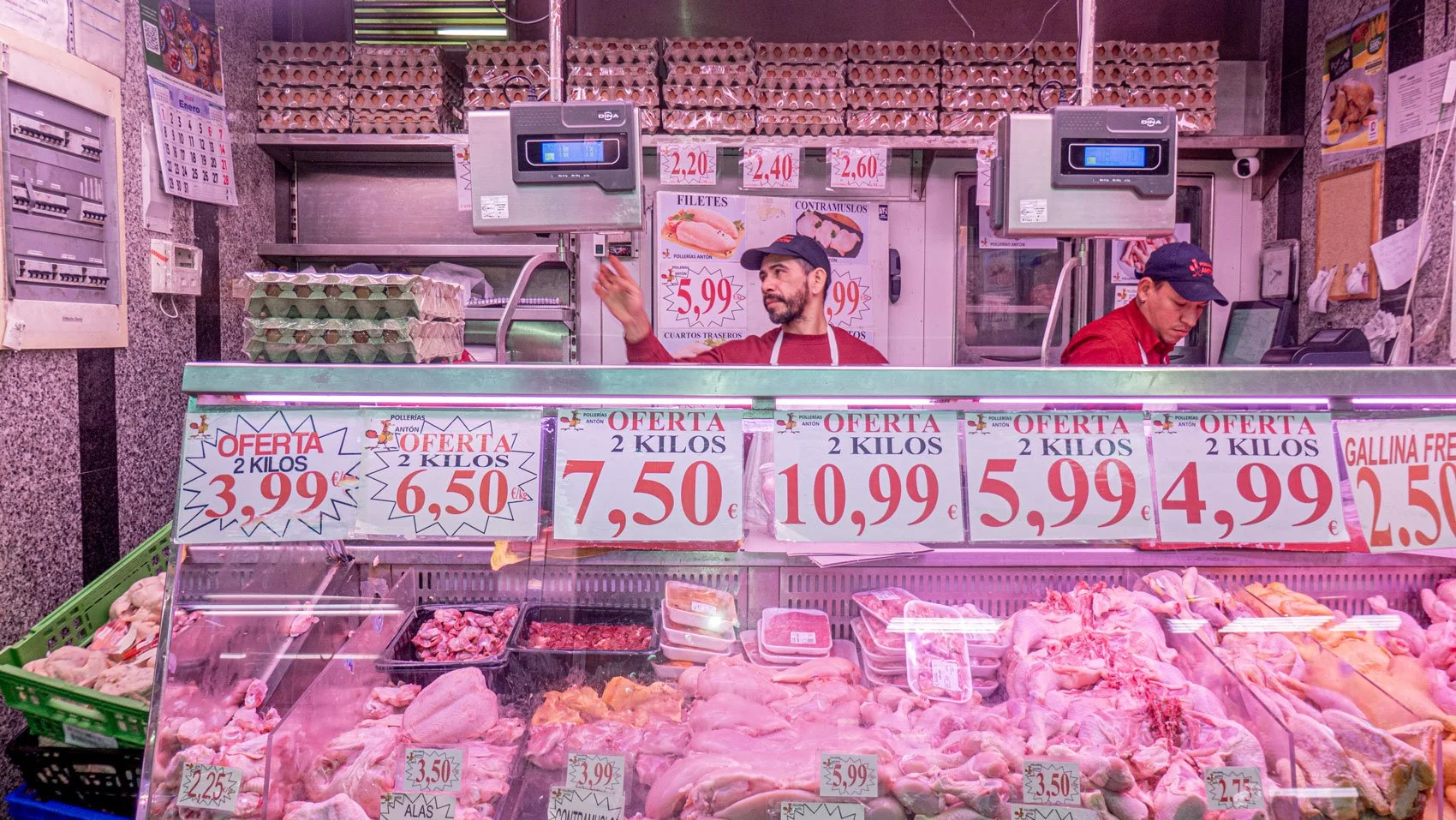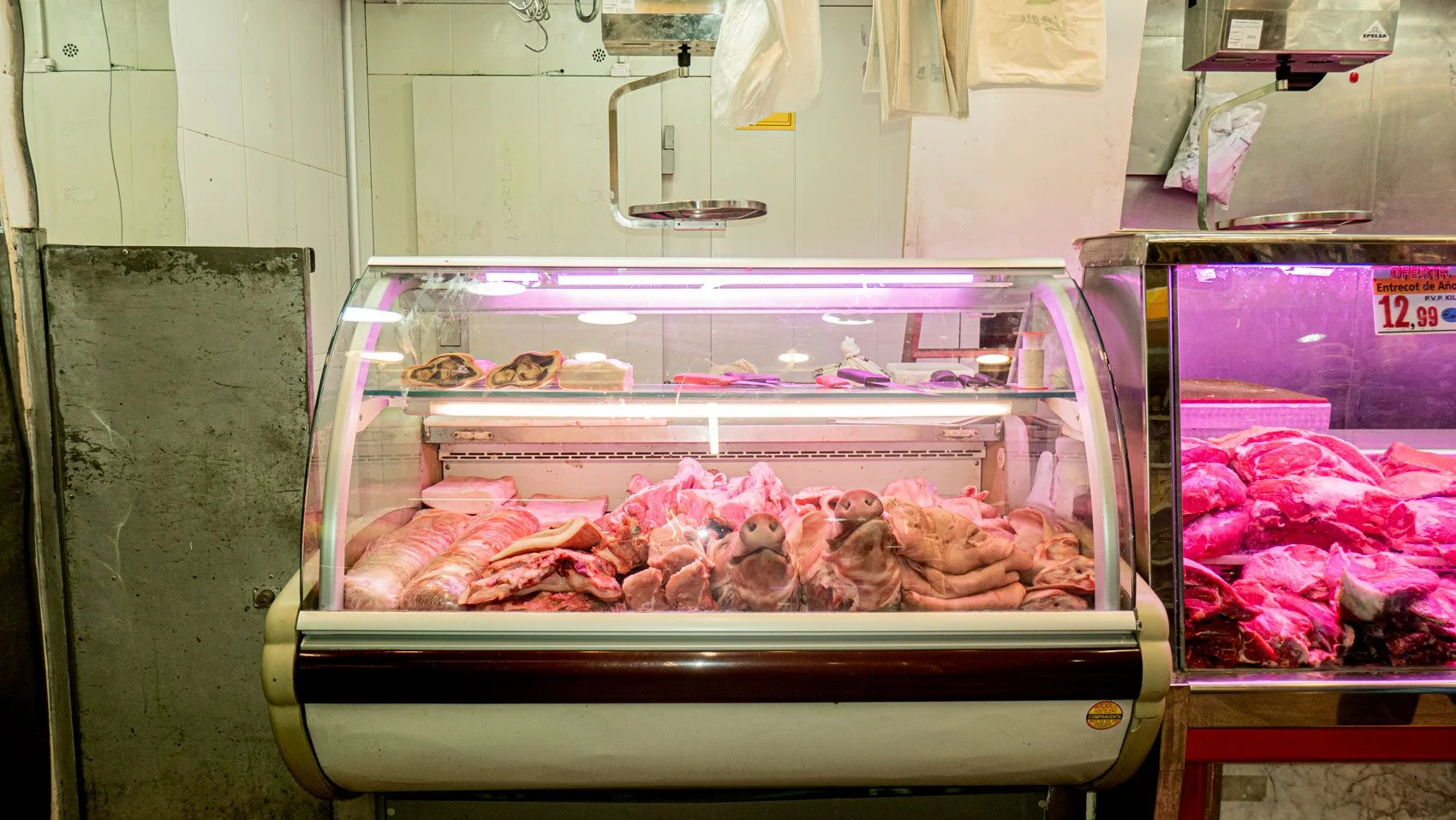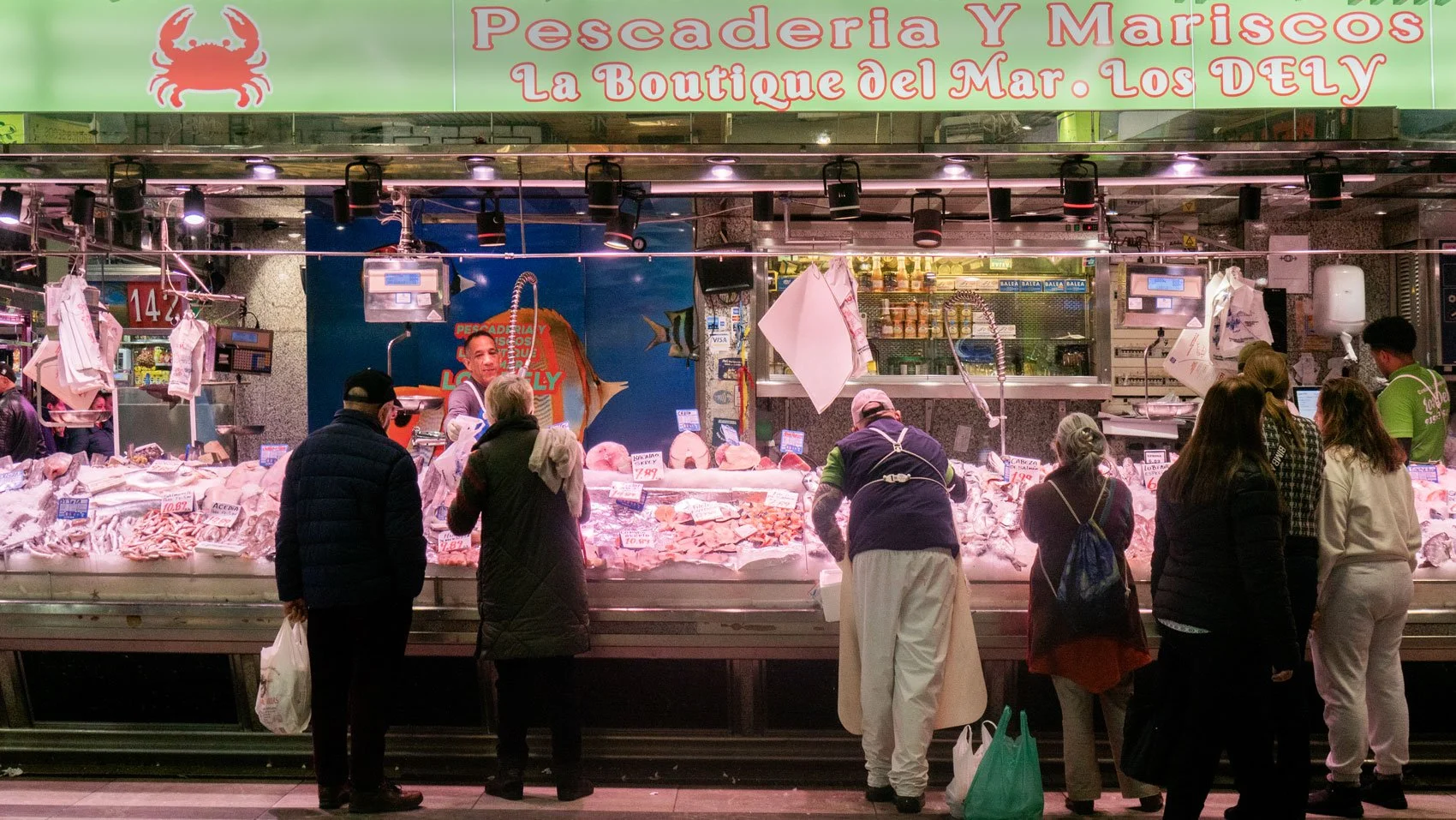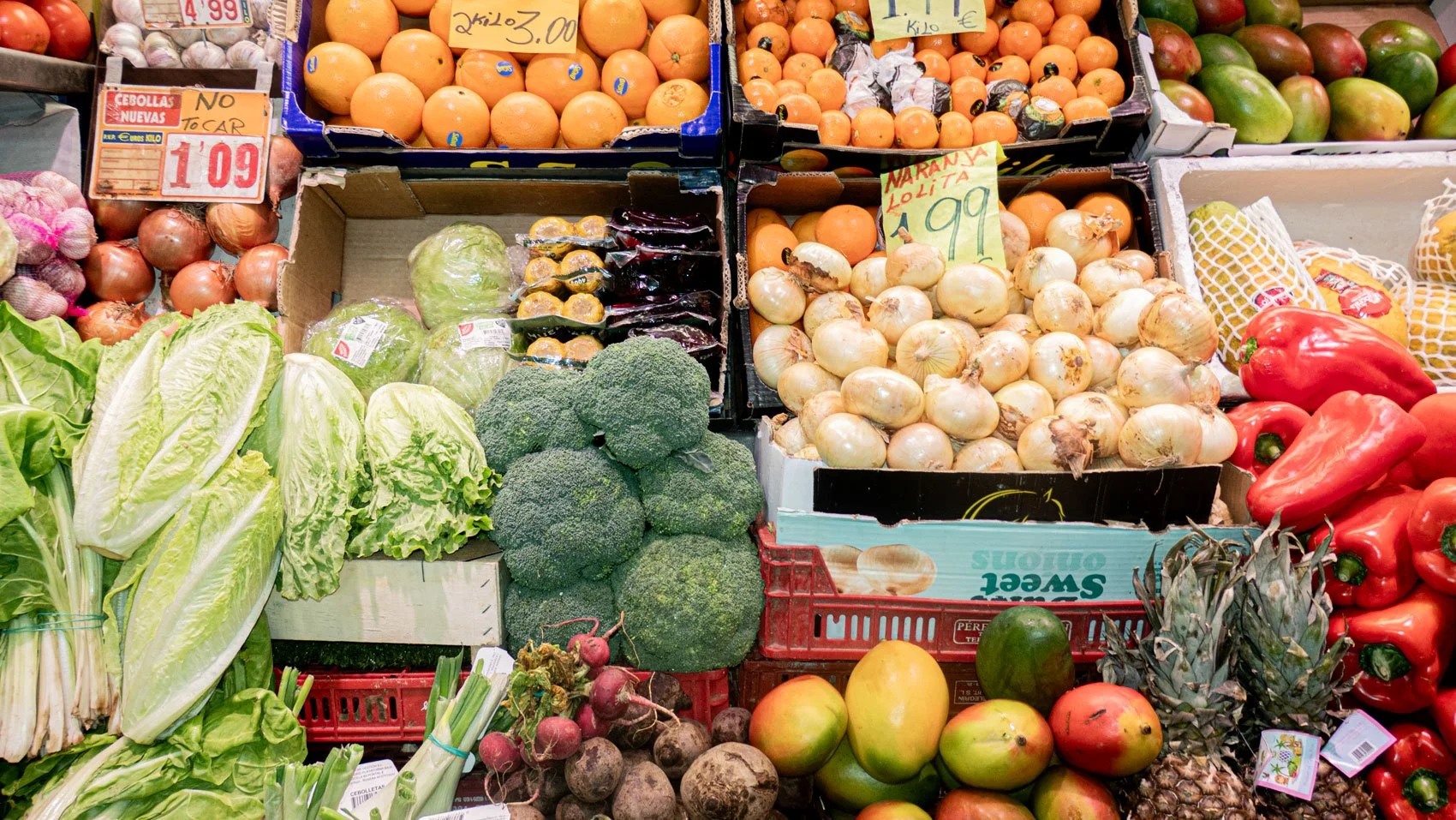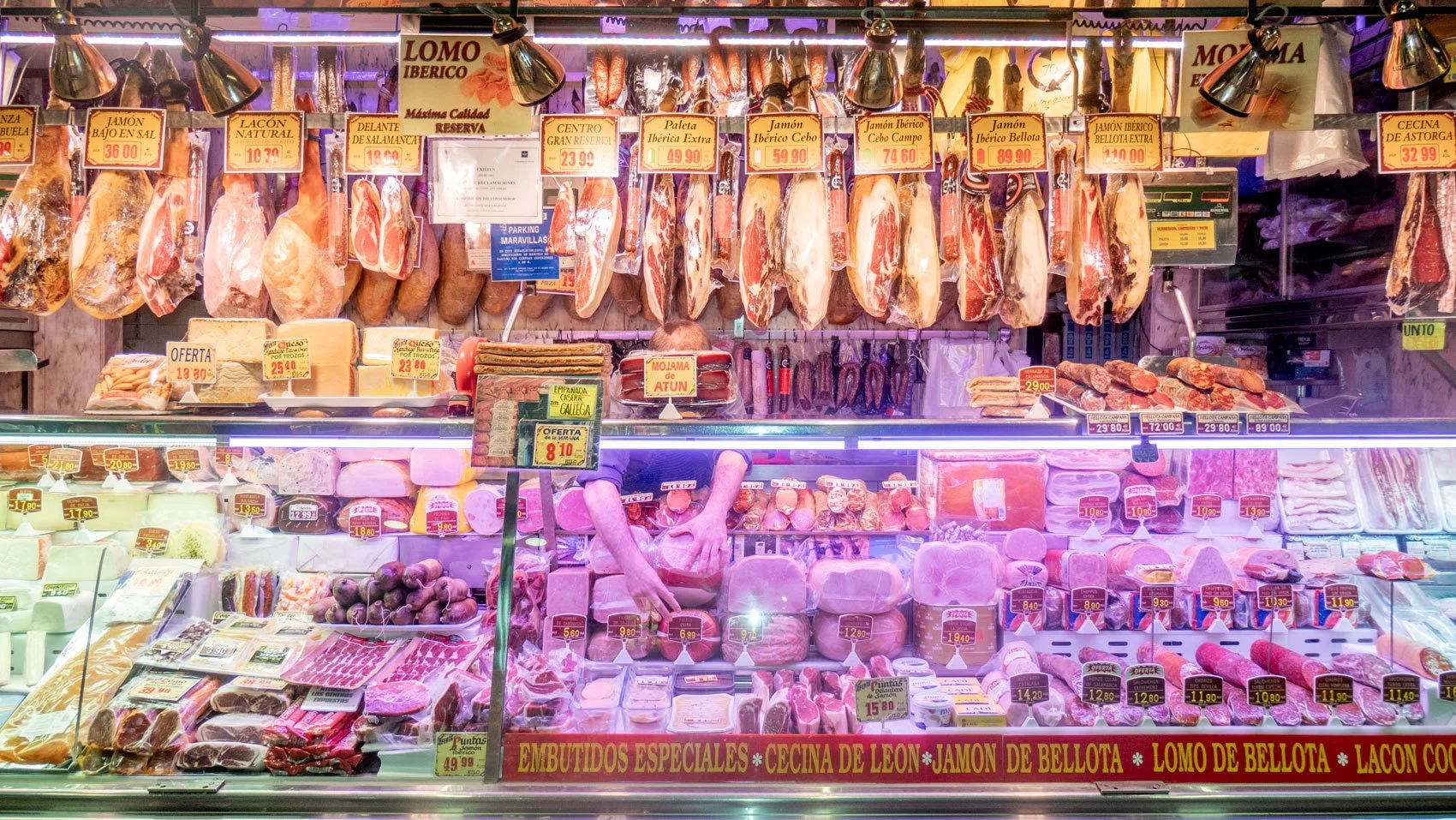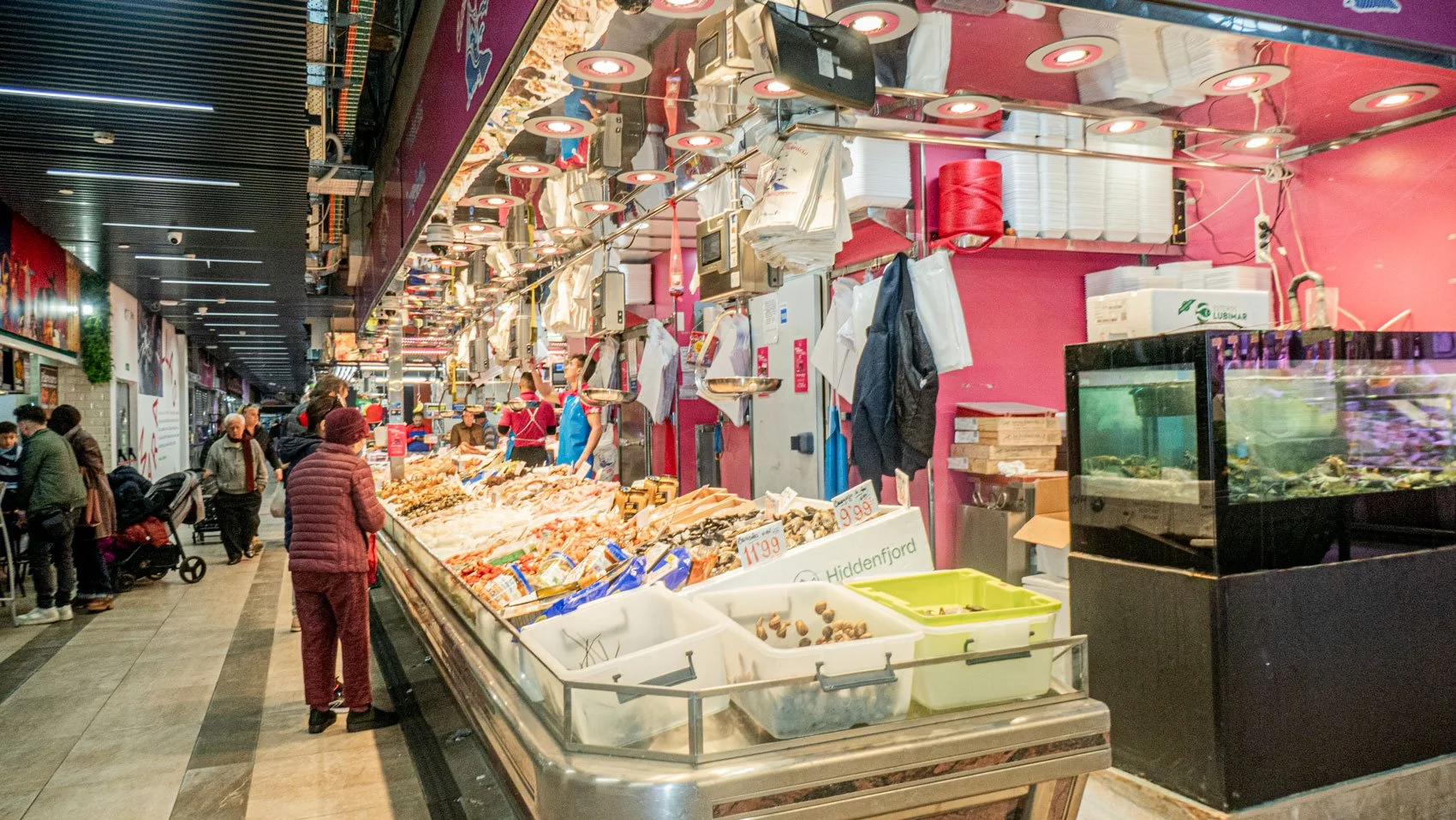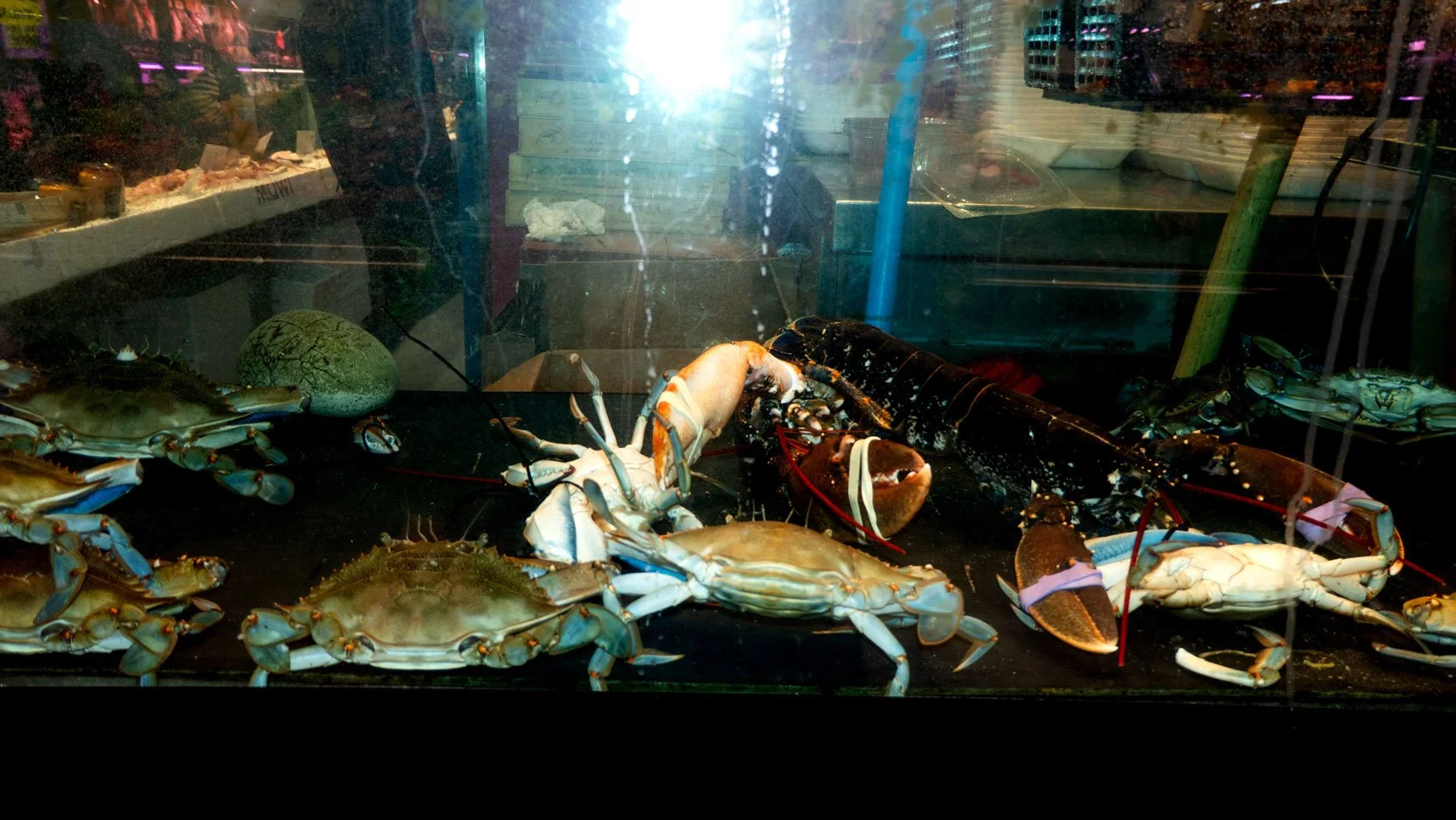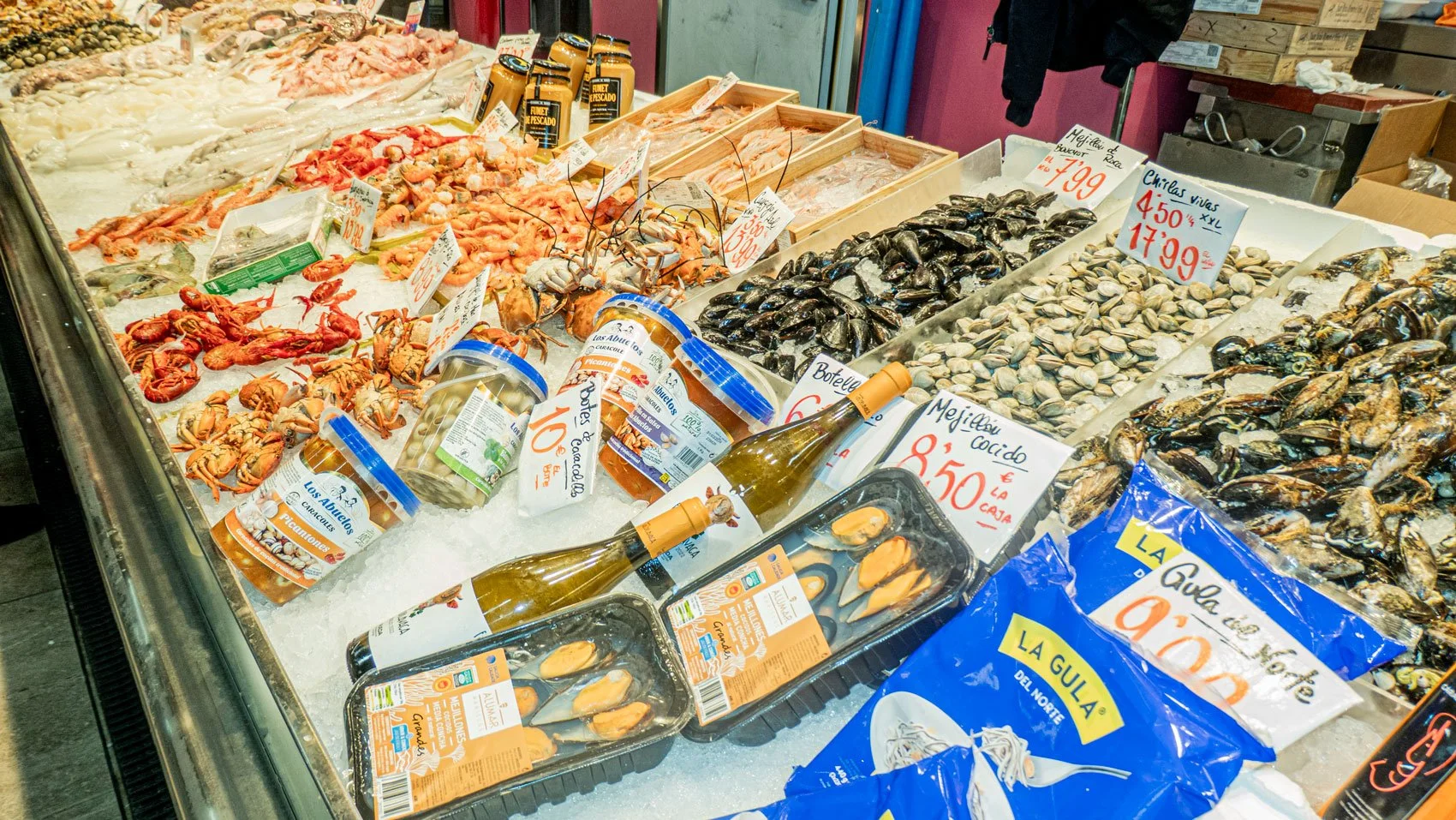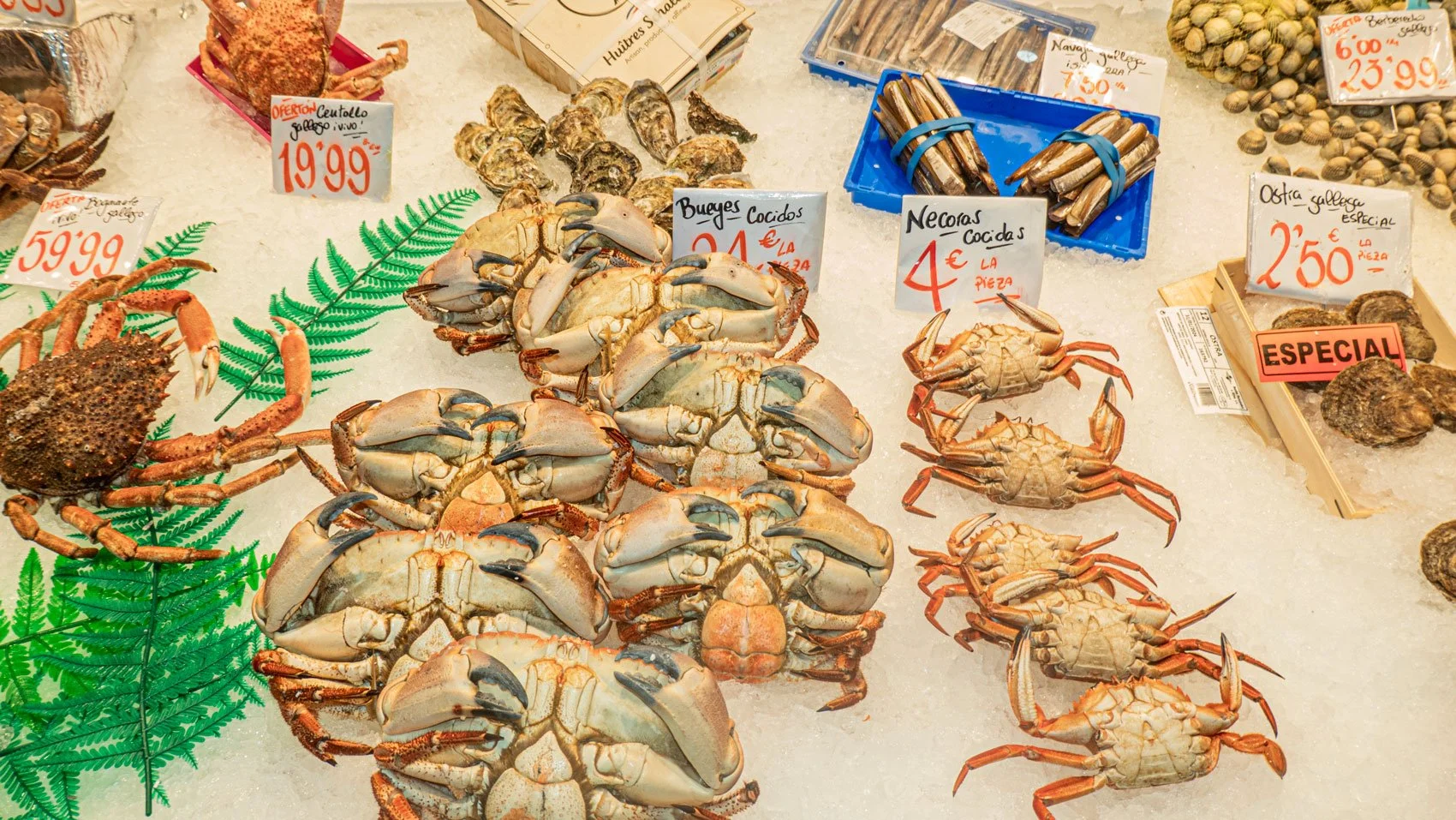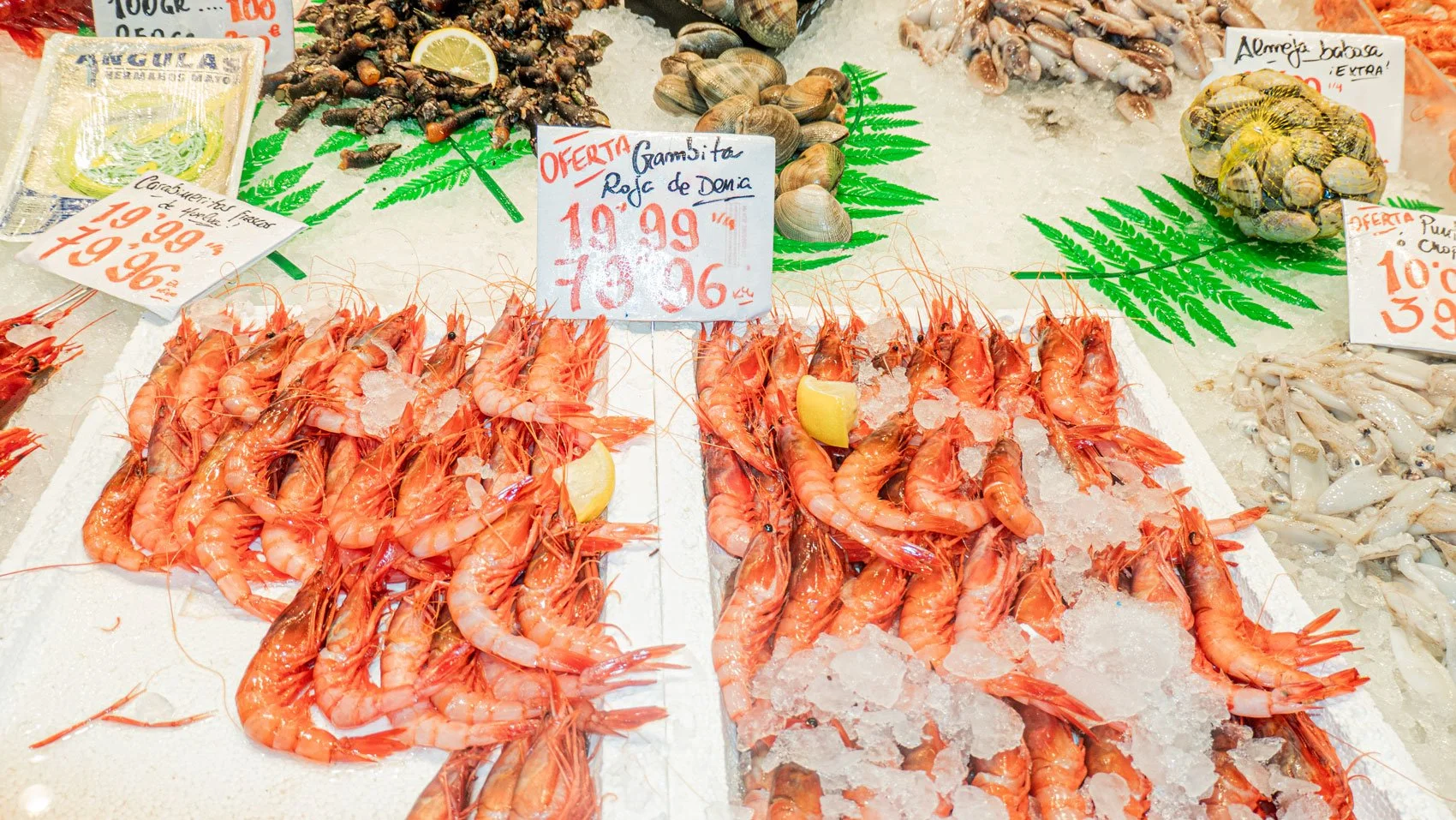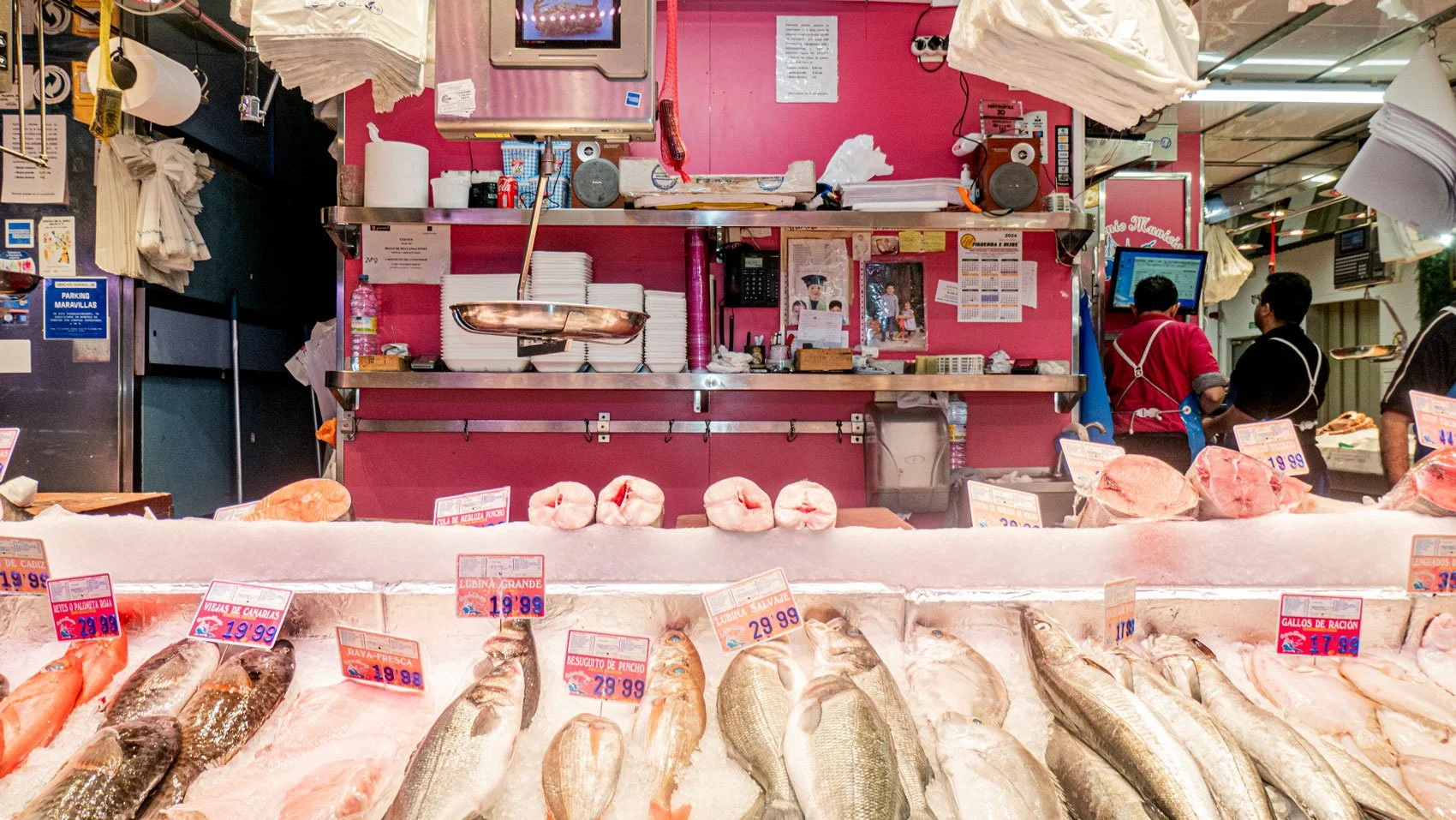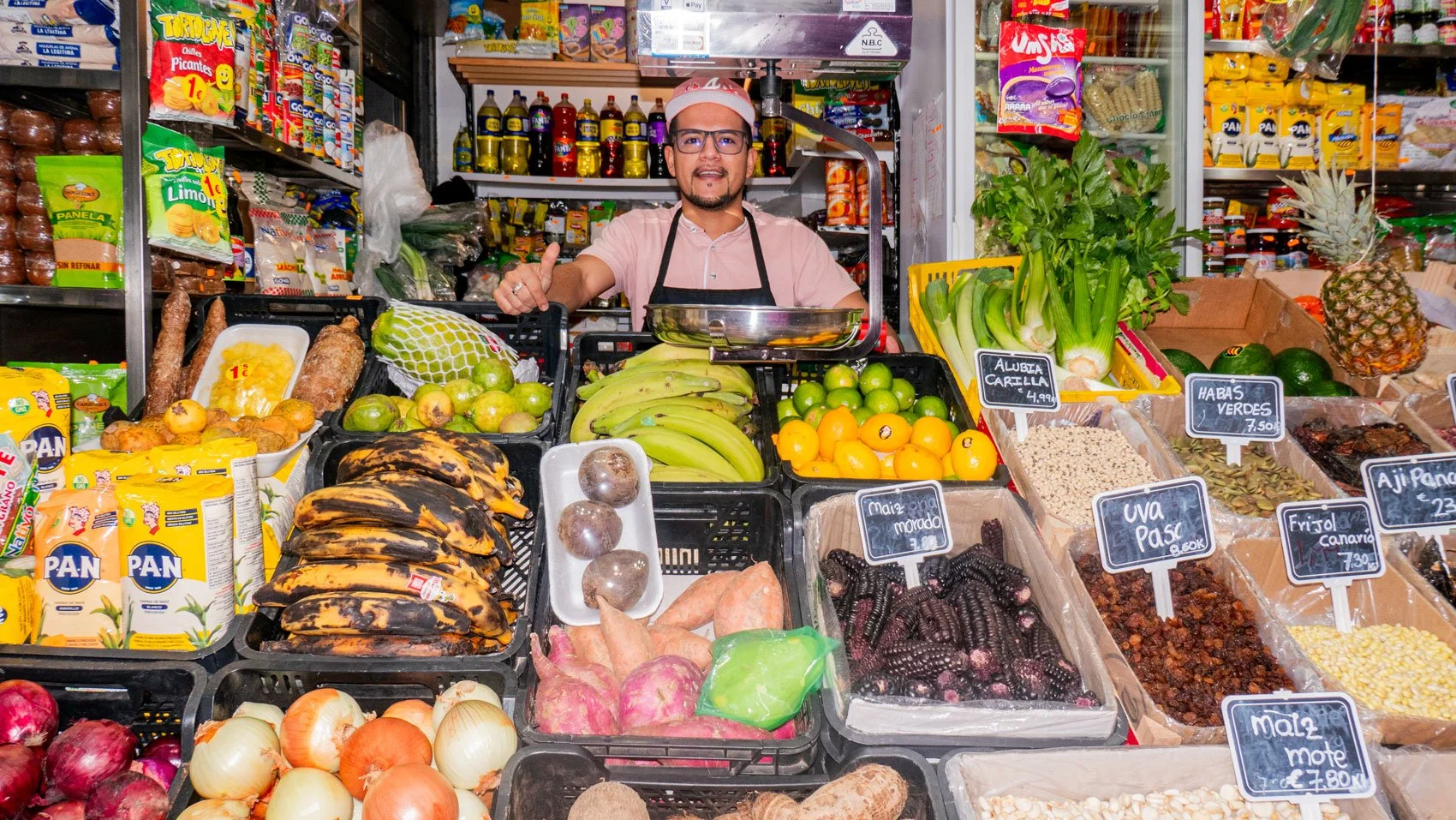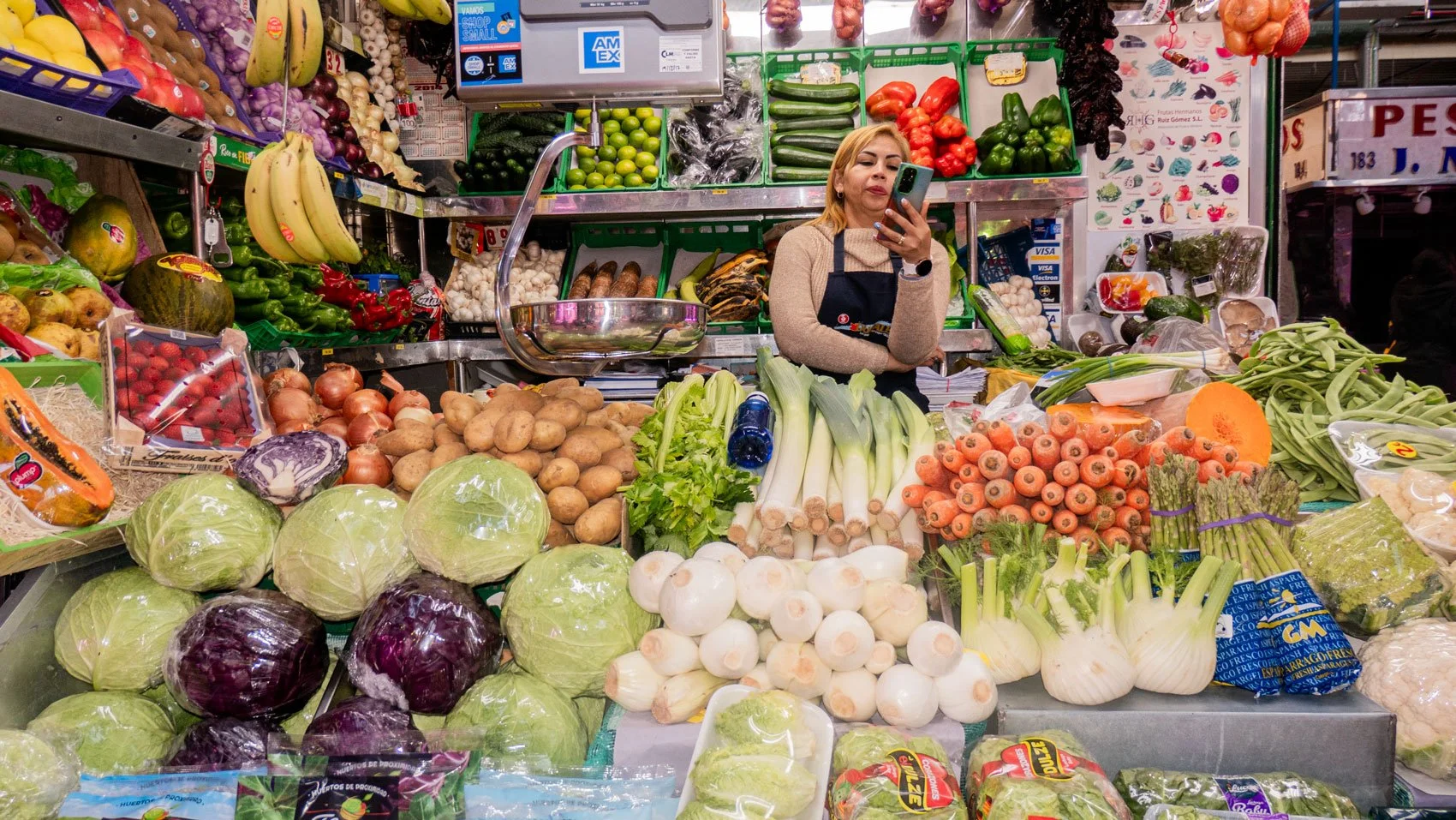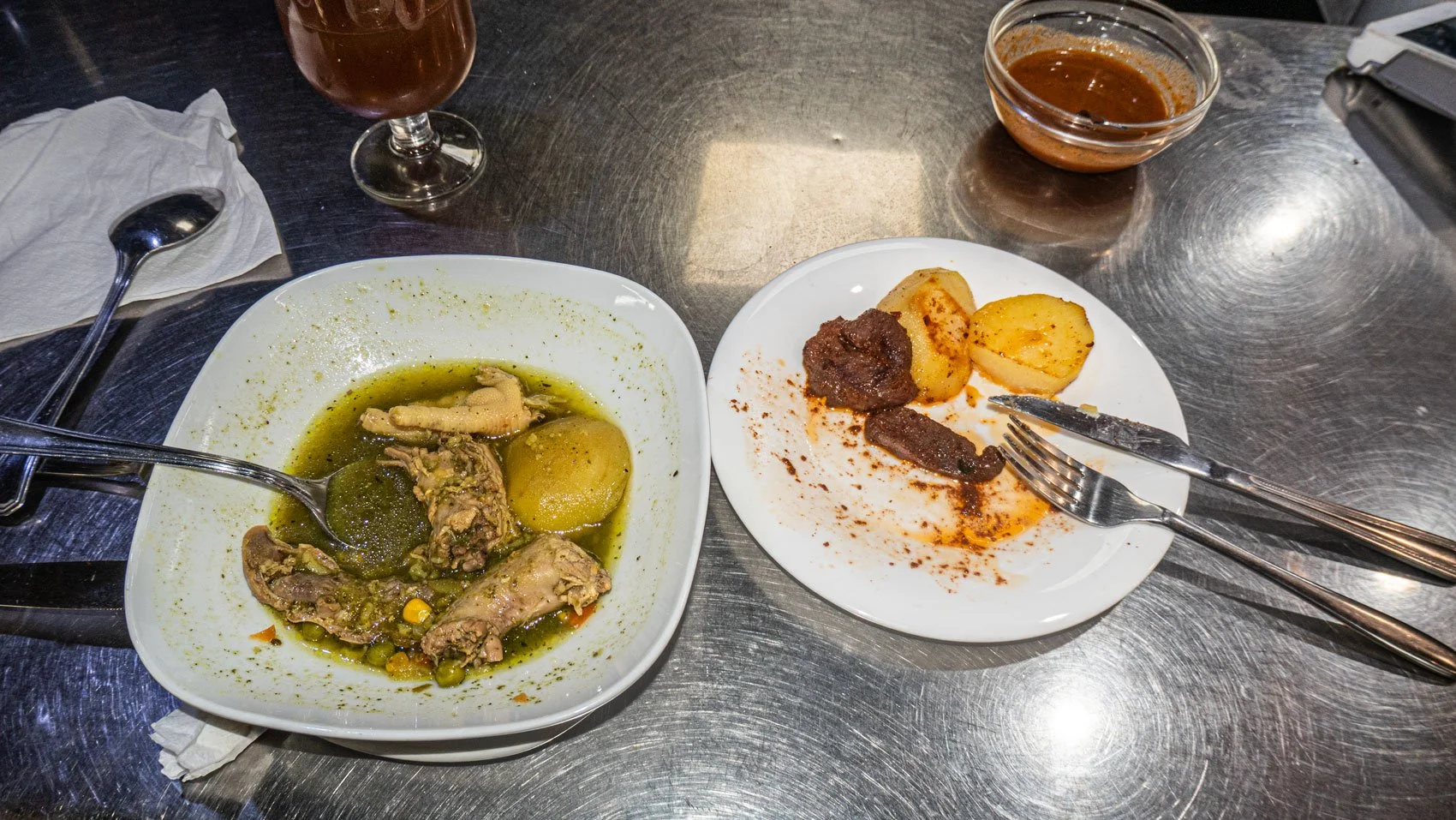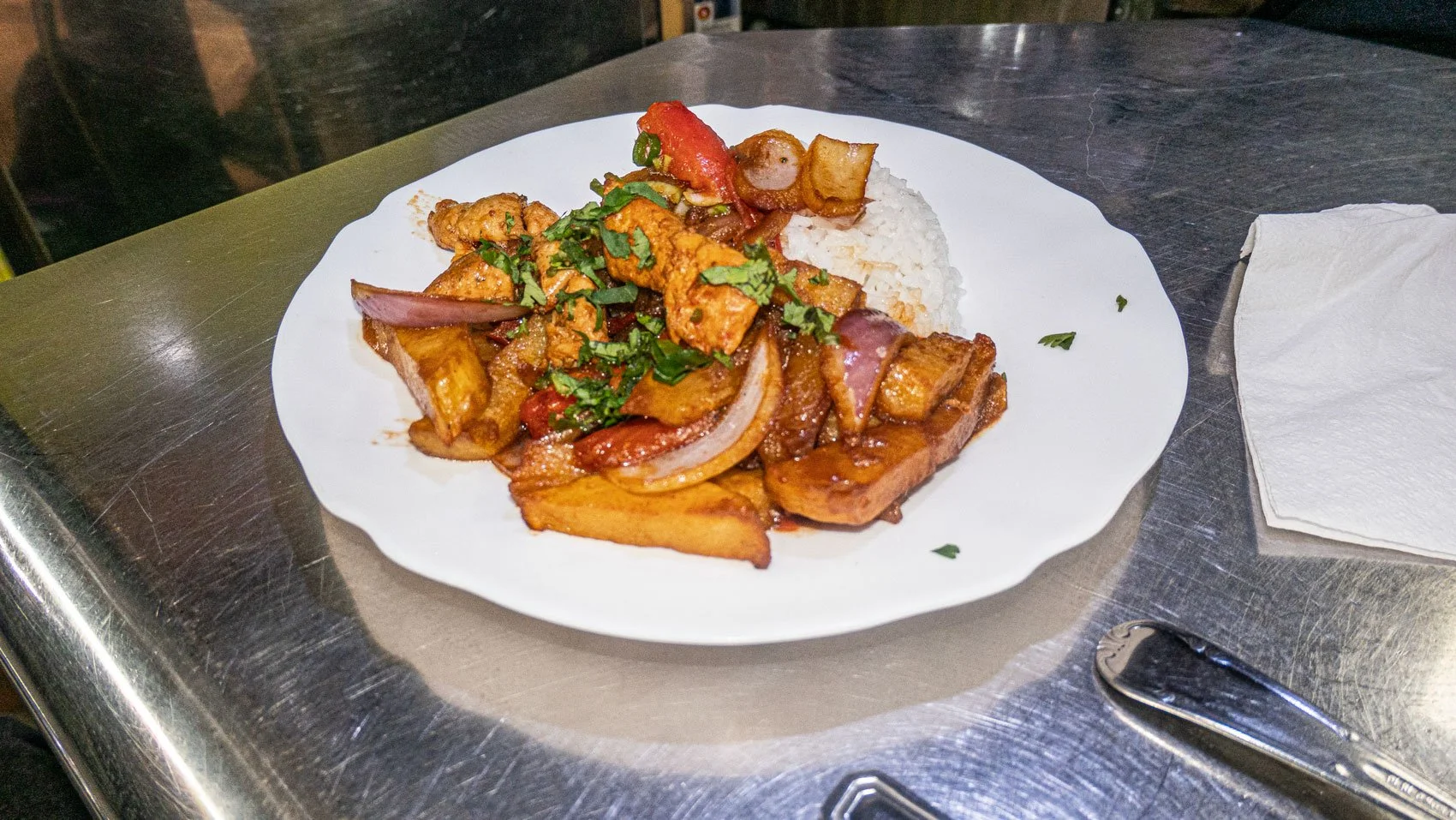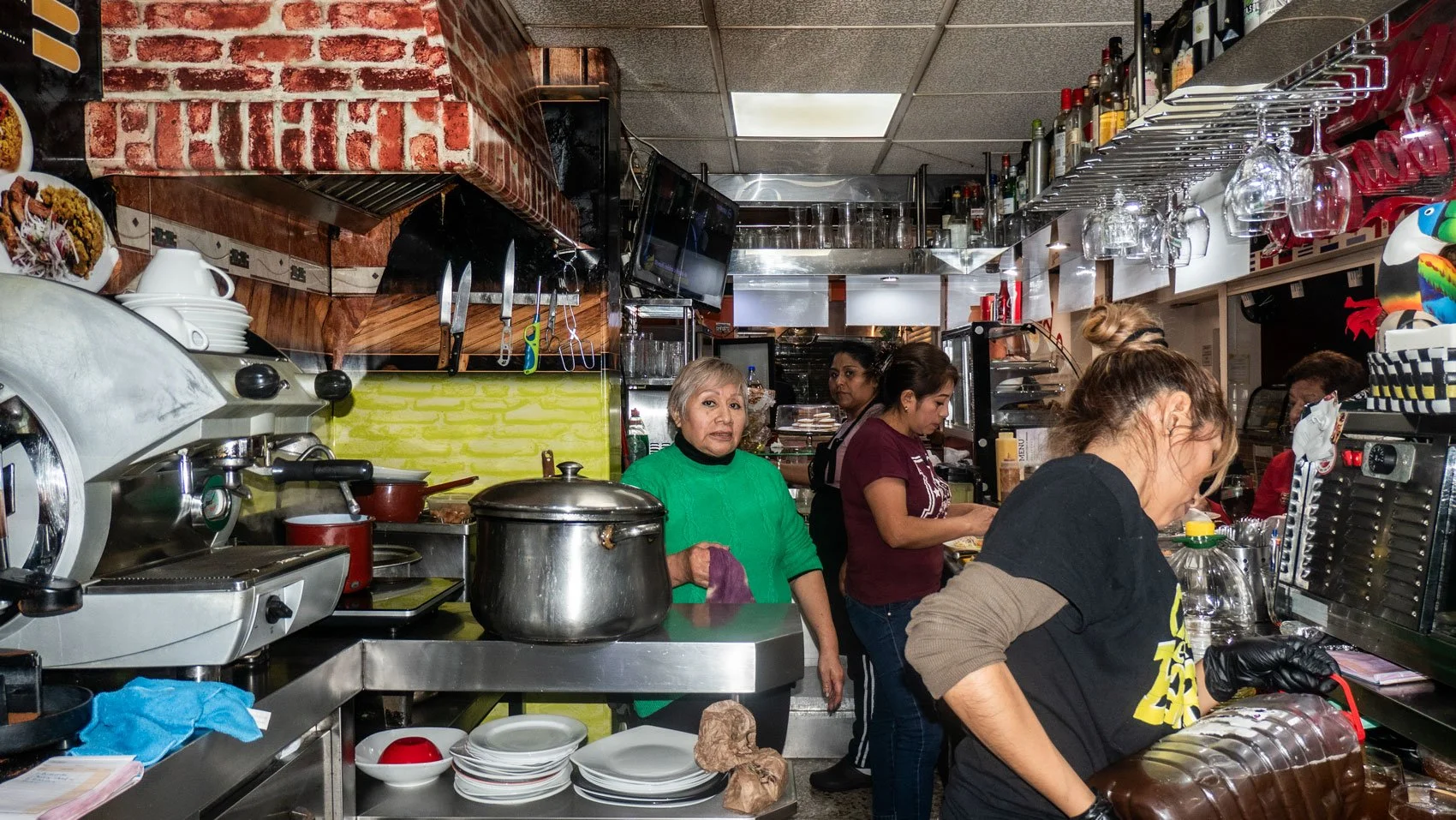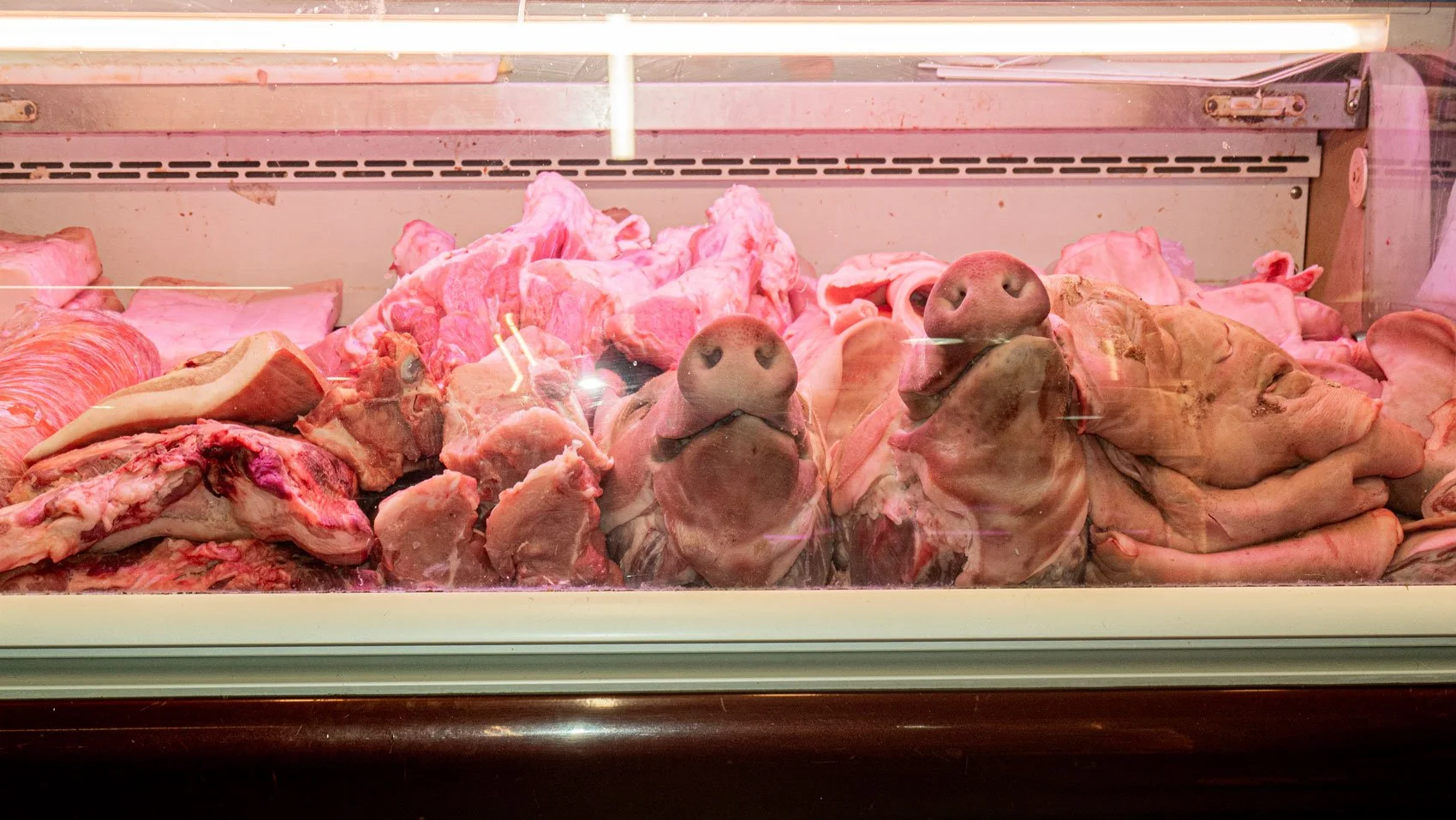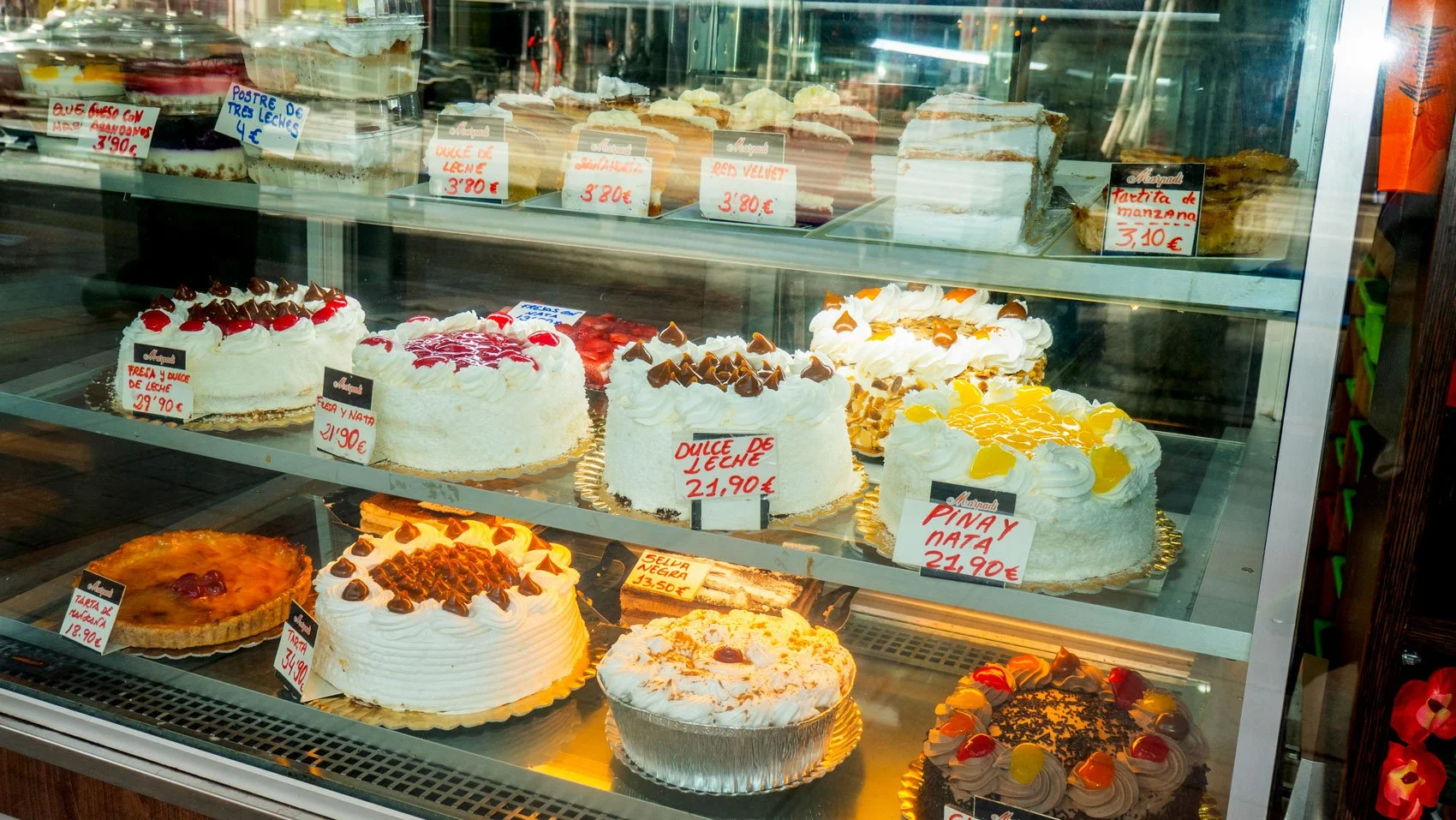MERCADO DE MARAVILLAS
El mercado con más vidas ahora más latino que nunca.
El MERCADO DE MARAVILLAS, ubicado en el distrito de Tetuán en Madrid, es un verdadero festín de culturas, ¡y ahora más latino que nunca! Con más de 250 puestos y una historia que va desde un centro educativo hasta convertirse en el bullicioso mercado que conocemos hoy en día.
Pero, ¡cuidado!, en los últimos tiempos ha sufrido una transformación notable. Si uno se da una vuelta por aquí y charla con la gente, se dará cuenta de que, aunque las carnicerías y pescaderías todavía son territorio español, las frutas, verduras, dulces y restaurantes son un viaje directo a América Latina. Es como pasar por un mercado en México, hacer una parada en Guatemala y terminar en Colombia o Perú.
La relación con los vendedores latinos es mucho más fluida y fácil para quienes compartimos el mismo humor, las mismas expresiones y hasta la misma manera de regatear. ¡Y qué decir de los "coteros"! Esos genios del equilibrio que cargan las cajas sin parar toda la jornada.
Lo curioso es que, aunque parezca que todo viene de América Latina, algunos ingredientes tienen un origen sorprendente. El plátano para el patacón y la yuca, por ejemplo, ¡vienen de África! También conseguimos papa criolla o amarilla directamente de Perú o Colombia pero congelada, el ajo, como en Colombia, ¡viene directo de China! Sigue siendo más barato que producirlo internamente. El interminable laberinto de los ingredientes y especias nos recuerda la importancia de la migración, la diversidad cultural y el intercambio de saberes. Las frutas, tan latinas como de Canarias, el banano y los cítricos, ¡son orgullosamente españoles! Y el aguacate... bueno, ni idea de dónde viene ni qué río secó.
Y para terminar, nada mejor que un aguadito de menudencias, anticucho y papita, un bello chaufa, un lomo saltado y el ají criollo una MARAVILLA el mejor que he probado en Madrid. En donde pues en “La Caleta de Dora”, esa cocinera tradicional que lleva décadas en el mercado guerreando como buena inmigrante. La sazón es como estar en el mismísimo Callao en Lima. Cuando llegan las 2 de la tarde, la gente cierra sus puestos y se marcha, dando por concluida la jornada. Pero al amanecer del día siguiente, ¡la acción vuelve con fuerza!
The market with the most lives is now more Latino than ever. The MARAVILLAS MARKET, located in the Tetuán district in Madrid, is a real feast of cultures, and now more Latino than ever! With over 250 stalls and a history that goes from an educational center to becoming the bustling market we know today.
But In recent times, it has undergone a remarkable transformation. If you take a stroll around here and chat with people, you'll realize that, although the butchers and fishmongers are still Spanish territory, the fruits, vegetables, sweets, and restaurants are a direct journey to Latin America. It's like walking through a market in Mexico, making a stop in Guatemala, and ending up in Colombia or Peru.
The relationship with Latino vendors is much smoother and easier for those of us who share the same humor, expressions, and even the same way of sell and buy. And what about the "coteros"! Those balance geniuses who carry the boxes tirelessly all day long.
The curious thing is that, although it seems like everything comes from Latin America, some ingredients have a surprising origin. Plantains for patacones and yucca, for example, come from Africa! We also get criollo or yellow potatoes directly from Peru or Colombia, but frozen, and garlic, like in Colombia, comes straight from China! It's still cheaper than producing it locally. The endless maze of ingredients and spices reminds us of the importance of migration, cultural diversity, and knowledge exchange.
The fruits, as Latin as from the Canary Islands, bananas and citrus fruits, are proudly Spanish! And the avocado... well, no idea where it comes from or which river dried up.
And to finish, nothing better than a medley soup, anticuchos, and fries, a beautiful chaufa, a salted loin, and the criollo chili, a MARVEL, the best I've tasted in Madrid. Where else but in "La Caleta de Dora," that traditional cook who has been fighting like a good immigrant for decades in the market. The seasoning is like being in Callao itself in Lima.
When 2 p.m. comes, people close their stalls and leave, ending the day. But come the next day's dawn, the action returns with force!

